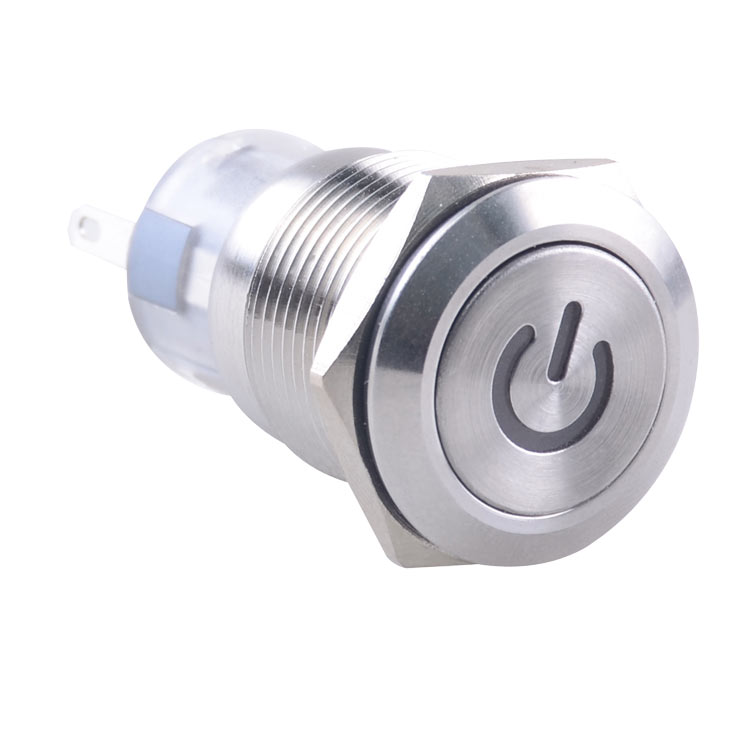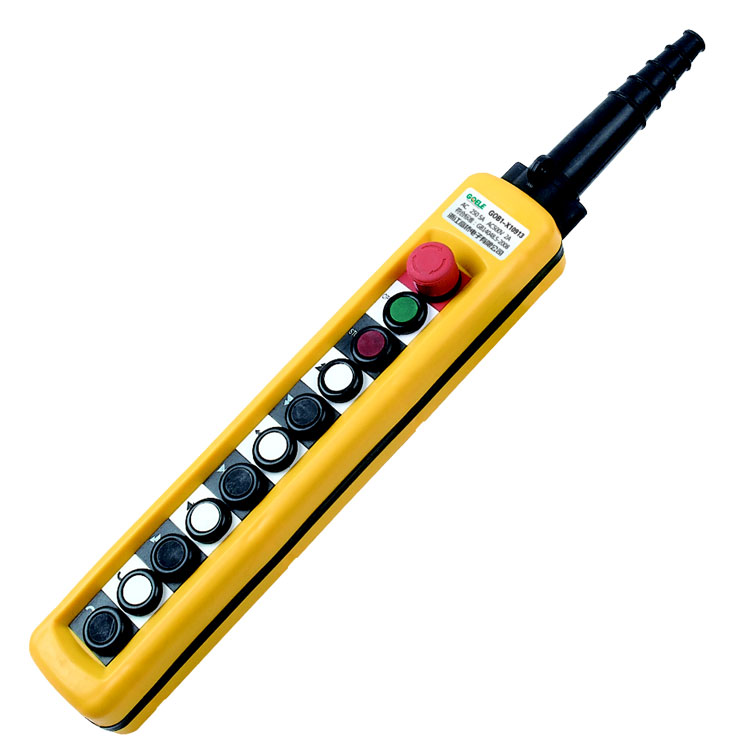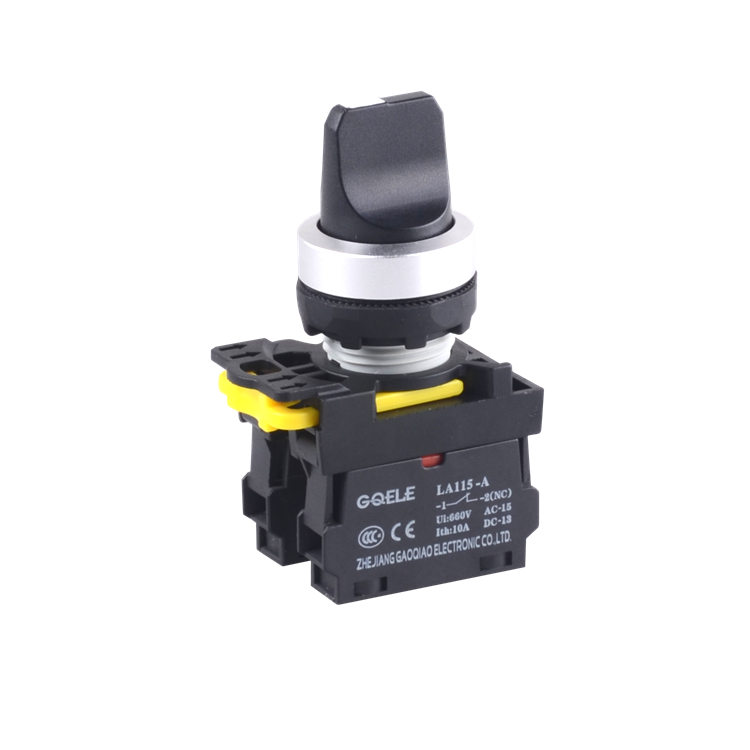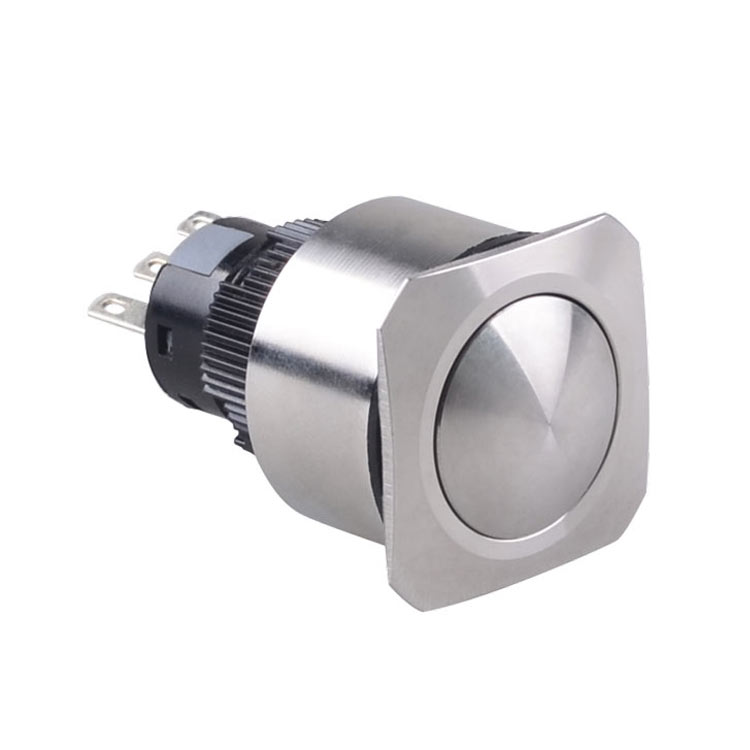Persisting in "High high quality, Prompt Delivery, Aggressive Price", we've established long-term cooperation with clients from the two overseas and domestically and get new and old clients' superior comments for 22mm control push button,
ac Electric magnetic contactor, we could solve our customer problems asap and do the profit for our customer. If you need good service and quality , pls choose us , thanks ! The product will supply to all over the world, such as, French, We will supply much better products with diversified designs and professional services. At the same time, welcome OEM, ODM orders, invite friends at home and abroad together common development and achieve win-win, integrity innovation, and expand business opportunities! If you have any question or need more information please feel free to contact us. We are looking forward to receiving your enquiries soon. Push button switch, also known as control button (referred to as button), is a low-voltage electrical appliance that can
China push button manufacturers should have the following certifications in the European and American marketsCE certific
A button is a control switch that is operated by applying force from a certain part of the human body (usually a finger
According to data released by the National Bureau of Statistics on March 15, from January to February this year, the add
The appliances we use every day at home or in our business establishments consist of several essential components. These
Waterproof push button switches, as the name suggests, are switches that can be operated with wet hands. In some humid e
Zhejiang Gaoqiao Electronics Co., Ltd. was founded in 2004, is an industrial production Professional manufacturer of product research and production. The main products are LED indicator, press Button, buzzer, PG waterproof connector, contactor and LED components, etc., It is widely used in control cabinets, power distribution cabinets, instrument cabinets and various control consoles. The company has accumulated rich experience in product design and manufacturing, except the company In addition























